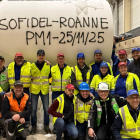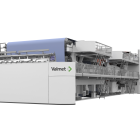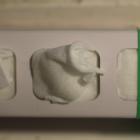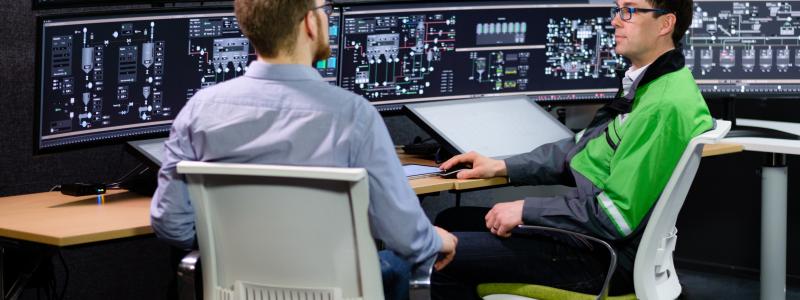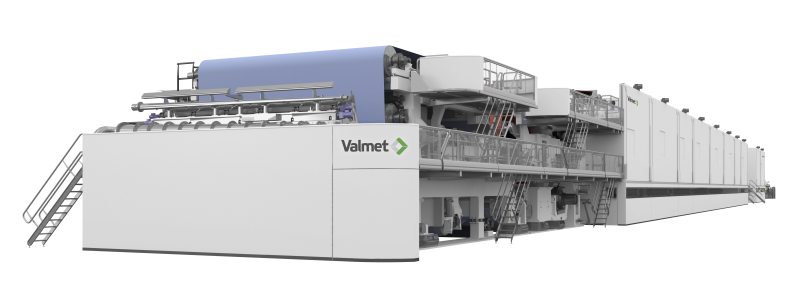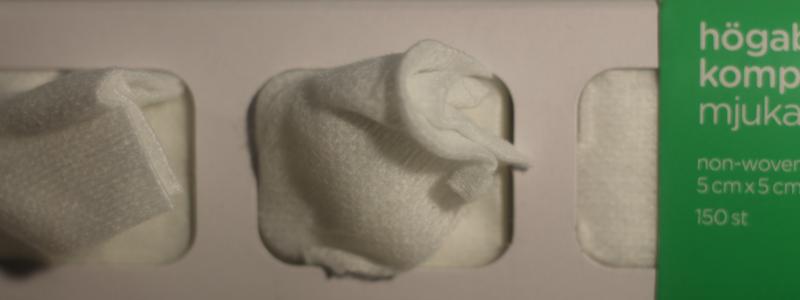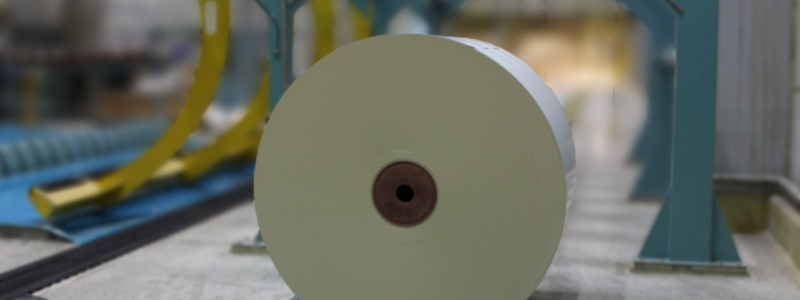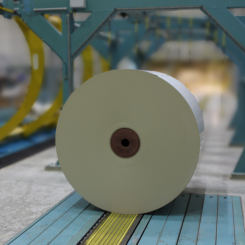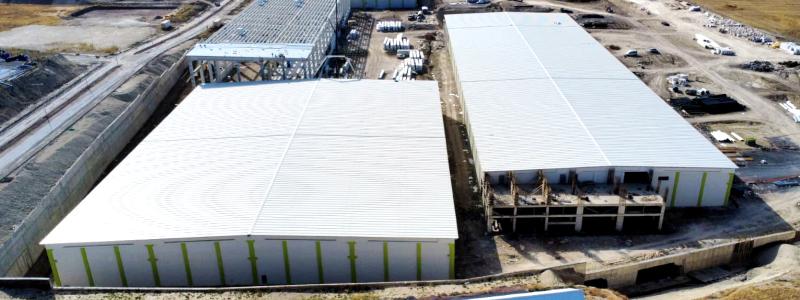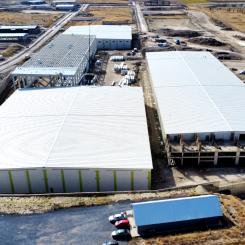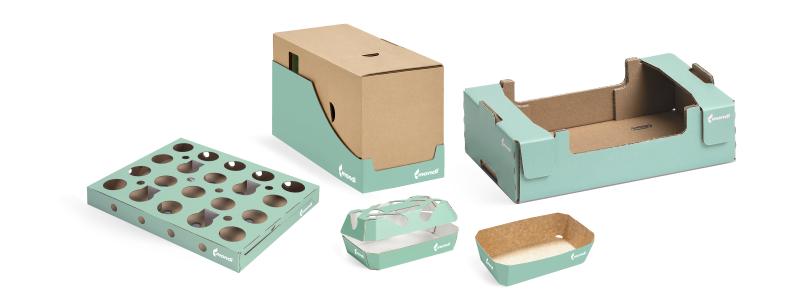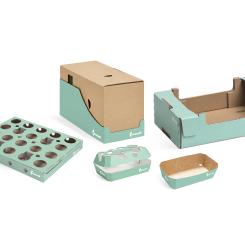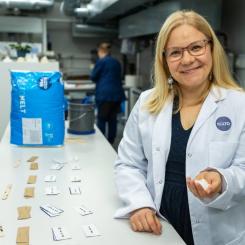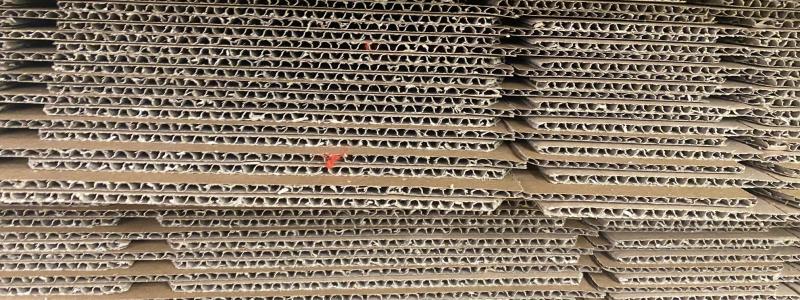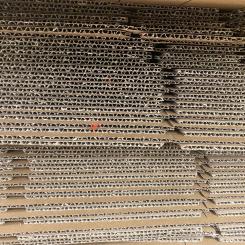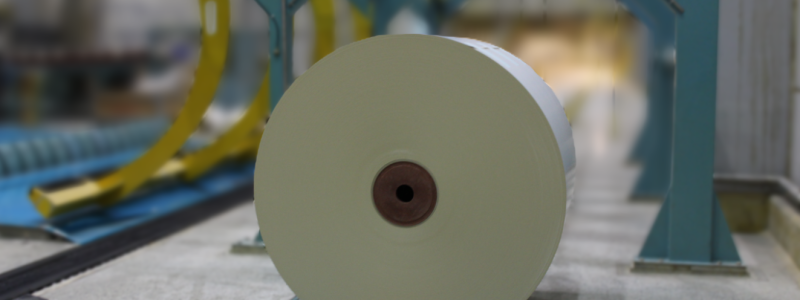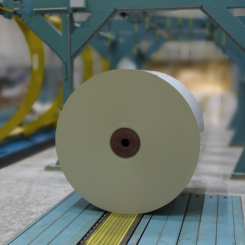The Covid-19 pandemic has not only affected production, supply chains, sales, and consumer habits across industries, but also the way industry professionals gather and communicate.
The tissue paper industry is no exception. That is why the 2021 Tissue Conference focuses on “Sustainability, Performance, Risks & Opportunities in Times of Pandemic” in an online event from January 12-14, starting at 9 a.m. EST. The German company emtec Electronic GmbH, one of the leading producers of special electronic measuring devices for paper, board, textiles and nonwovens, will also participate in the event and share how the use of its TSA measuring device saves time and resources.
“Especially in times of increased demand and production, such as we’ve seen during the Covid-19 pandemic, tissue paper manufacturers want to ensure the best possible quality while minimizing the waste of time and resources,” says emtec’s Global Marketing and Business Manager Alexander Gruener. “Under such conditions, sometimes even a small improvement to the process or product can yield big results.”
In a presentation on day two of the three-day conference, Gruener explains how to use the TSA device, which is able to measure haptic properties of tissues such as softness, smoothness/structure, stiffness, compressibility and “crumple-ability”. Gruener also illustrates how the unique design of the TSA device imitates the sensory perception of the human hand. The TSA, however, is able to differentiate between three different parameters and arrive at a numeric value for a sample’s hand-feel based on softness, smoothness, and stiffness. In addition, Gruener describes current applications for use in production, including R&D, process and product optimization, quality assurance, troubleshooting, and benchmarking. One example includes a newly developed TSA test method for the evaluation of hand sheets, which was developed by industry research partners at the Munich University of Applied Sciences and featured in a study in the online journal Bioresources.

